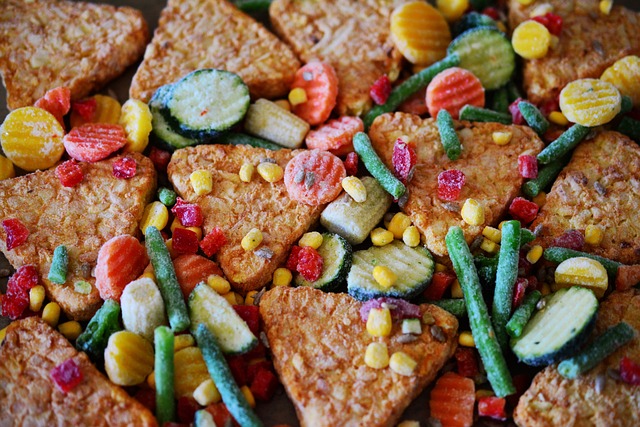
The Saudi Arabian frozen food market is witnessing powerful opportunities in 2025, under the influence of urban development, shifting consumer behavior, and new technologies. The market is anticipated to experience a CAGR of 4.37%, increasing from USD 9.02 billion in 2024 to USD 11.62 billion by 2030 .
The Major Remarkable Growth Catalysts
- Urbanization and Modern Life: Life in the city, as well as the traditional family structure, has resulted in an increase in dual-income households. As a dual-income family, you tend to be pressed for time due to work duties and responsibilities. This has resulted in a higher need for meal solutions that require little preparation and is hassle-free. Frozen foods are easy to prepare, which makes them popular among much of the Saudi households .
- Modern Trade Growth: The emergence of new types of retail outlets, including hyper and supermarkets, has made frozen food products more accessible. In addition, the rising accessibility of ecommerce sites for grocery shopping serves a wide variety of products as well as home delivery .
- Other Market Driving Forces: New developments in freezing technologies such as blast freezing and cryogenic freezing has grown the freezing quality and shelf life of foods. Packaged solutions are also designed better to protect the products from being damaged and retain its freshness .
Market Segmentation
- Product Categories: The market comprises several segments such as frozen poultry, red meat, seafood, snack foods, fruits, vegetables, and ready-to-eat meals. Frozen poultry remains a staple while ready-to-eat meals are becoming increasingly popular due to their convenience.
- Distribution Channels: The traditional retail outlet continues to dominate, however, online sales is the fastest growing segment owing to the convenience brought by e-commerce and enhanced logistics.
Challenges and Opportunities
Even with a positive outlook, there are challenges such as the cultural inclination towards preferring fresh food, and the need for strong cold chain logistics to support the preservation of the product’s integrity. Conversely, there are opportunities in the provision of frozen goods that are low-sodium, low-fat, or organic for health-conscious consumers.
Future Outlook
The Saudi Arabian frozen food market is likely to sustain its growth as change in consumer behavior, technological advancement, and developed retail infrastructure supports it. It poses great prospects for local and foreign investors to capitalize on as the market shifts to accommodating the necessities of contemporary life.